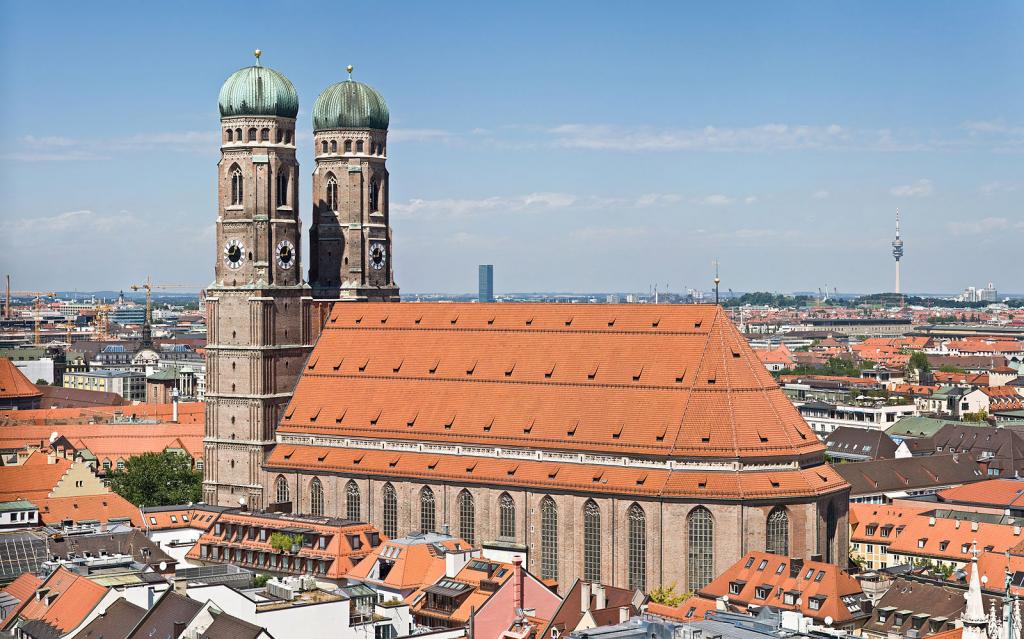Here’s an article (somewhat older, but the story’s still the same) on Germany burial practices. Long story short: cemeteries are owned by the town, and plots are leased for time periods of between 15 – 30 years, depending on locality, then renewed if the family wishes, or reused otherwise. The burial process isn’t one of concrete vaults, but, rather, the natural decomposition process means that by the time the lease expires there generally aren’t any remains left. That’s why, in a German cemetery, the individual graves are tended by family, who will plant and water flowers, and there aren’t particularly many old grave stones, except for family graves where each new generation is buried together.
And here’s a pitch from my alma mater:
Dear Jane:
Throughout our history, Michigan State University has touched many individuals and created a proud and vibrant extended family. We are currently exploring the idea of establishing an on-campus memorial to honor alumni and friends.
We envision a peaceful garden, complete with strolling walkways and reflection benches. A columbarium containing the cremated remains of interested Spartans would be the centerpiece. Space in the columbarium would be available for purchase in advance of the individual’s passing.
We look to you for guidance as this idea is discussed. Your answers to the following questions will help us determine the next steps.












